 Shutterstock
Shutterstock
Dogs have an extraordinary ability to communicate with humans and other animals, going far beyond barks and growls. Through body language, facial expressions, and unique habits, they convey a world of emotions, needs, and desires. Each wag of the tail, tilt of the head, or playful nudge carries a meaning that strengthens their connection with us. By understanding these subtle cues, we can better respond to their needs and deepen the bond we share with our furry companions, making every interaction more meaningful and enriching.
Tail Language Beyond Wagging
 Shutterstock
Shutterstock
While many people associate tail wagging with happiness, dogs use their tails for much more nuanced communication. A high and stiff wag may indicate alertness or confidence, while a low, tucked wag can signal fear or submission. Circular tail wags often show excitement or friendliness, while a slow, hesitant wag might mean they’re unsure about a situation. Learning to interpret these tail cues can help you understand your dog’s emotions and intentions more clearly.
The Power of Eye Contact
 Shutterstock
Shutterstock
Dogs use eye contact to communicate trust, affection, or even discomfort. A soft, steady gaze usually means they feel secure and bonded with you. However, prolonged eye contact from an unfamiliar dog can indicate dominance or a challenge. On the other hand, avoiding eye contact may signal fear or submissiveness. Understanding these visual cues can strengthen your connection and help you respond appropriately to your dog’s feelings.
Head Tilts That Melt Hearts
 Shutterstock
Shutterstock
The classic head tilt isn’t just adorable—it’s a form of communication. When your dog tilts their head, they’re trying to focus on sounds or interpret your words and tone. It’s their way of saying, “I’m listening!” This behavior also shows curiosity and engagement, proving that your dog is paying close attention to you and your surroundings.
Pawing for Attention
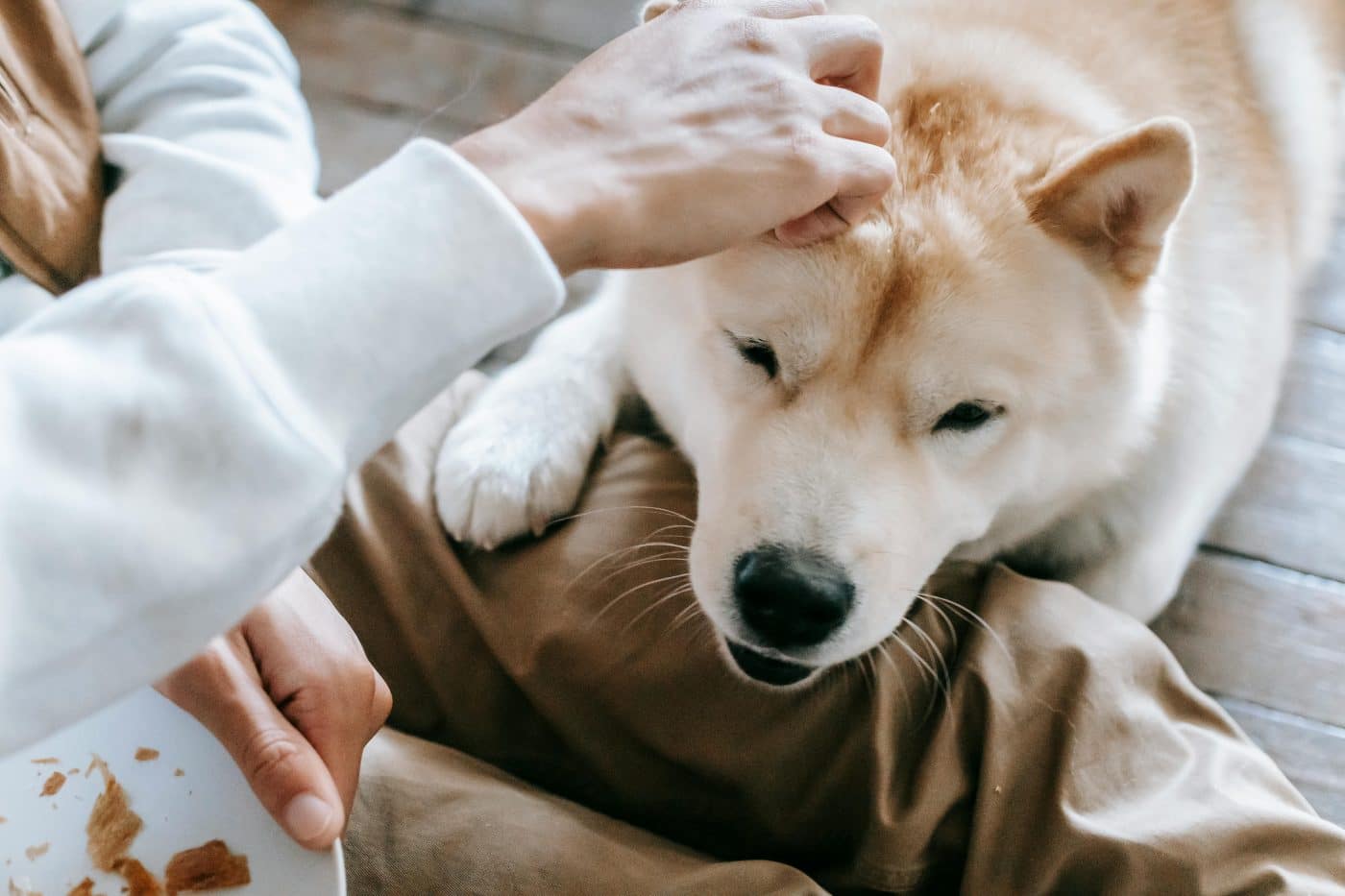 Shutterstock
Shutterstock
When your dog places a paw on you, it’s often a sign that they want your focus. Pawing can mean they’re asking for food, affection, or playtime. In some cases, it’s their way of comforting you if they sense you’re upset. This simple gesture is a clear example of how dogs use physical contact to communicate their desires and emotional connection.
Leaning In for Support
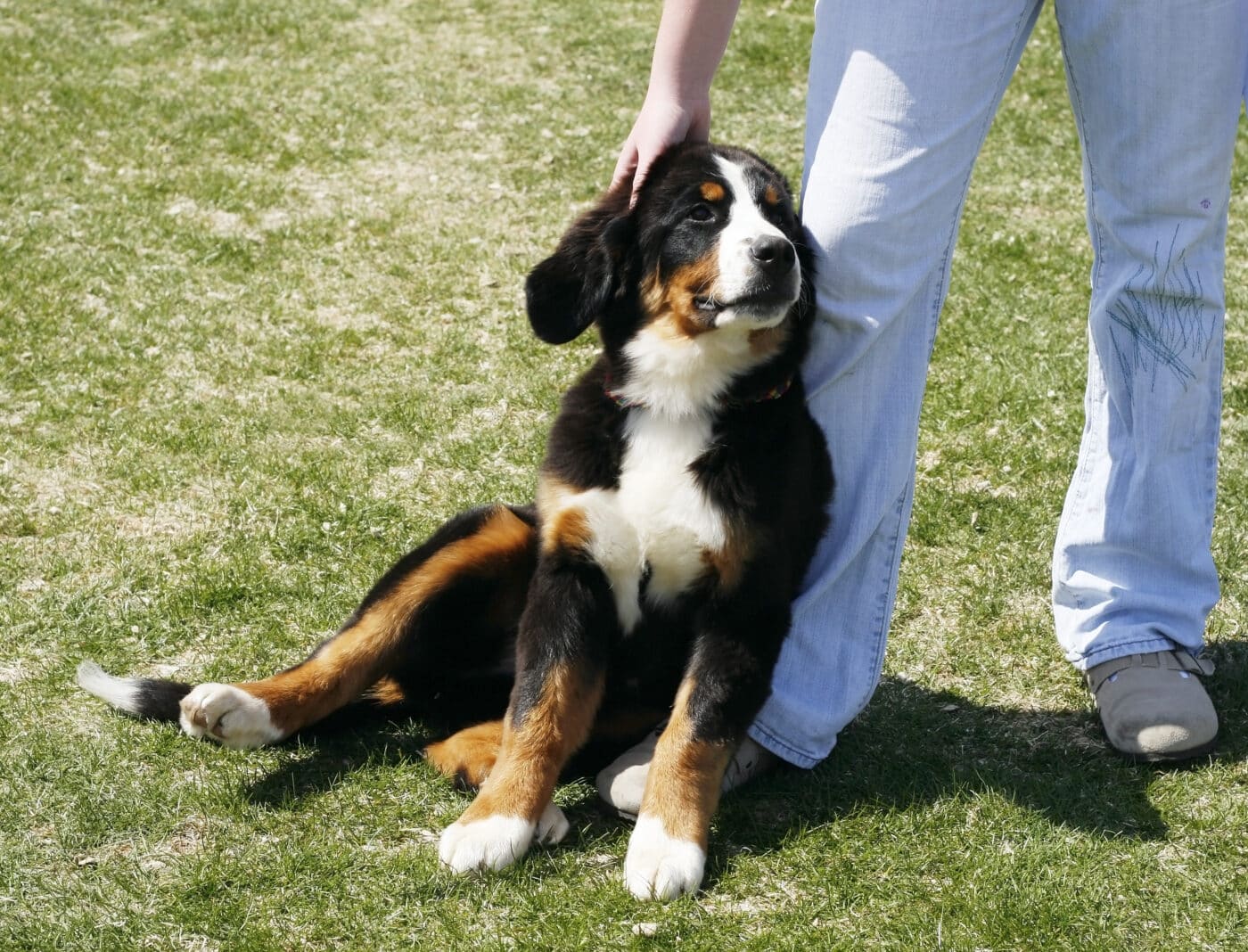 Shutterstock
Shutterstock
When a dog leans against you, it’s their way of seeking comfort, reassurance, or showing affection. This behavior is often seen in dogs that are particularly bonded to their owners. Leaning also demonstrates trust, as they feel safe enough to relax their weight against you. It’s a subtle but powerful way dogs express their love and dependence on their humans.
The Meaning Behind Sighs
 Shutterstock
Shutterstock
A dog’s sigh is more than just a random sound—it’s a form of emotional expression. A long, contented sigh often means they’re relaxed and happy, especially if they’re lying down comfortably. On the flip side, a heavy, dramatic sigh could signal frustration or boredom, especially if they’ve been waiting for your attention. Understanding the context of their sighs can help you gauge their mood.
Play Bow Invitations
 Shutterstock
Shutterstock
The play bow, where a dog lowers their front end while keeping their back legs straight, is an unmistakable invitation to play. This posture not only signals excitement but also indicates that anything that follows—like barking, chasing, or nipping—is all in good fun. Recognizing a play bow can help you distinguish playful behavior from more serious or aggressive actions.
Ears That Speak Volumes
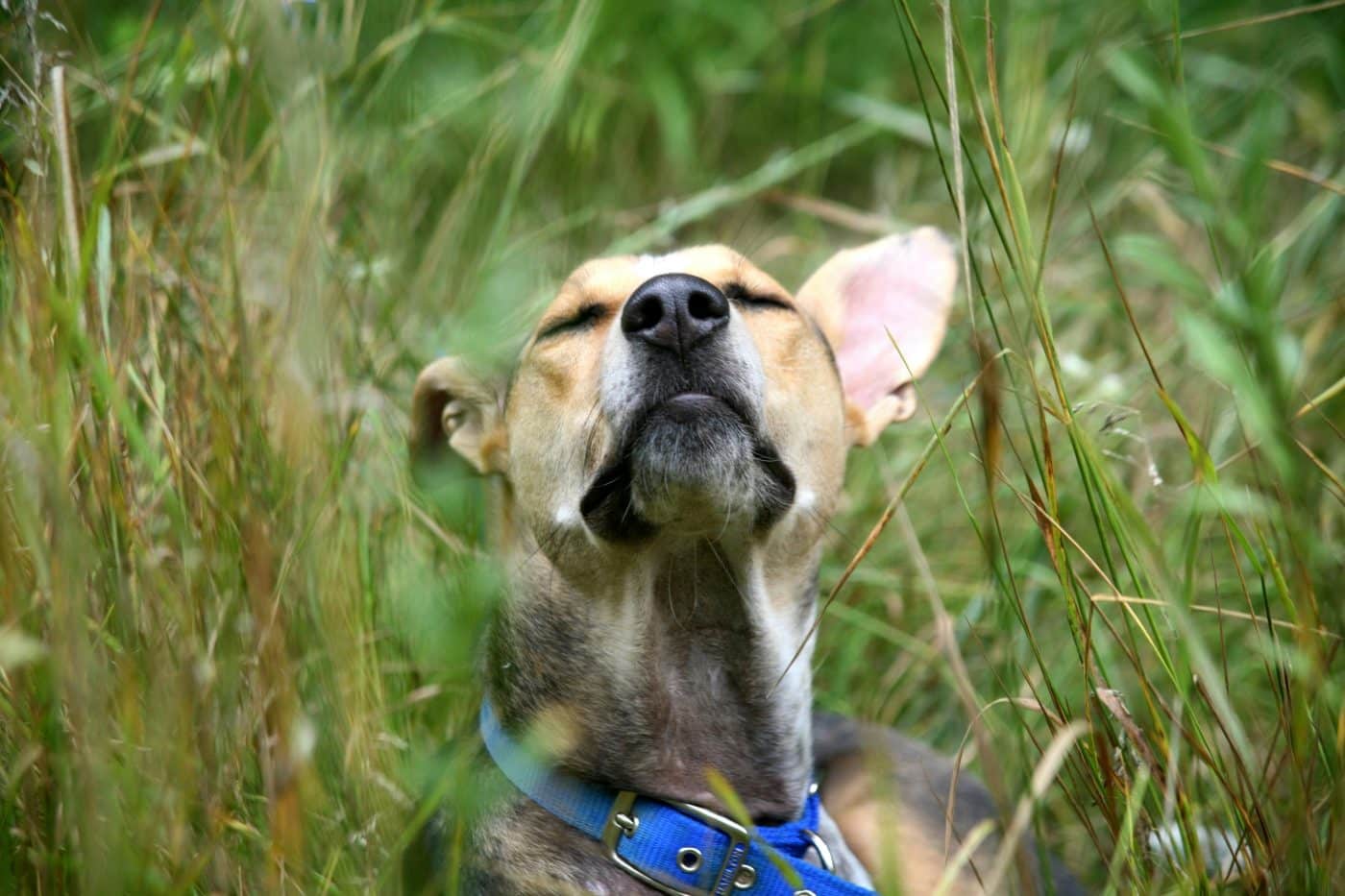 Shutterstock
Shutterstock
Dogs use their ears to express a wide range of emotions. Perked-up ears indicate alertness or curiosity, while flattened ears can signal fear or submission. If their ears are relaxed and slightly back, it often means they’re calm and content. Paying attention to your dog’s ear movements can give you insights into what they’re feeling in various situations.
The Nose Knows
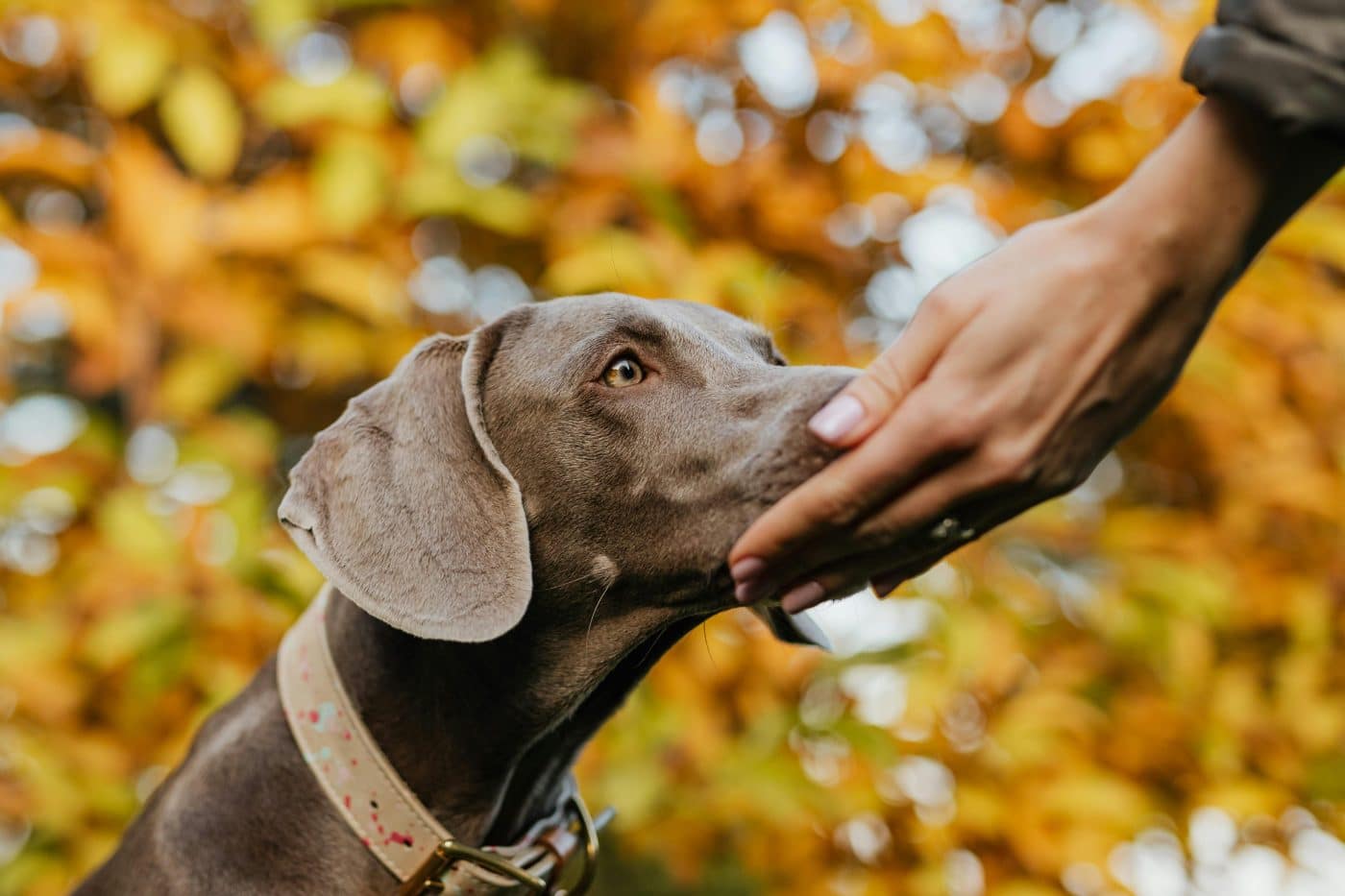 Shutterstock
Shutterstock
Dogs often nudge you with their nose as a way of saying “Hey, pay attention to me!” This gentle nudge can also be a sign of affection or a request for interaction. In some cases, nose nudges are used to guide you toward something they want, like their food bowl or a favorite toy. This behavior highlights their ability to communicate their needs without words.
Rolling Over for Trust
 Shutterstock
Shutterstock
When a dog rolls onto their back and exposes their belly, it’s a vulnerable position that signifies trust and submission. While many people interpret this as a request for belly rubs (which it often is), it’s also a way for dogs to show they feel safe with you. However, in playful situations, rolling over can also be a strategy to invite more fun or gain the upper paw in a game.
The Language of Licks
 Shutterstock
Shutterstock
Licking is a multi-purpose communication tool for dogs. It’s often a sign of affection, as dogs use licking to bond with their pack members. Excessive licking, however, can indicate anxiety or a need for attention. Dogs also lick to explore their environment, tasting and smelling new things. Understanding the context of their licks can reveal whether they’re being affectionate, curious, or stressed.
Dogs Are Fluent In Love
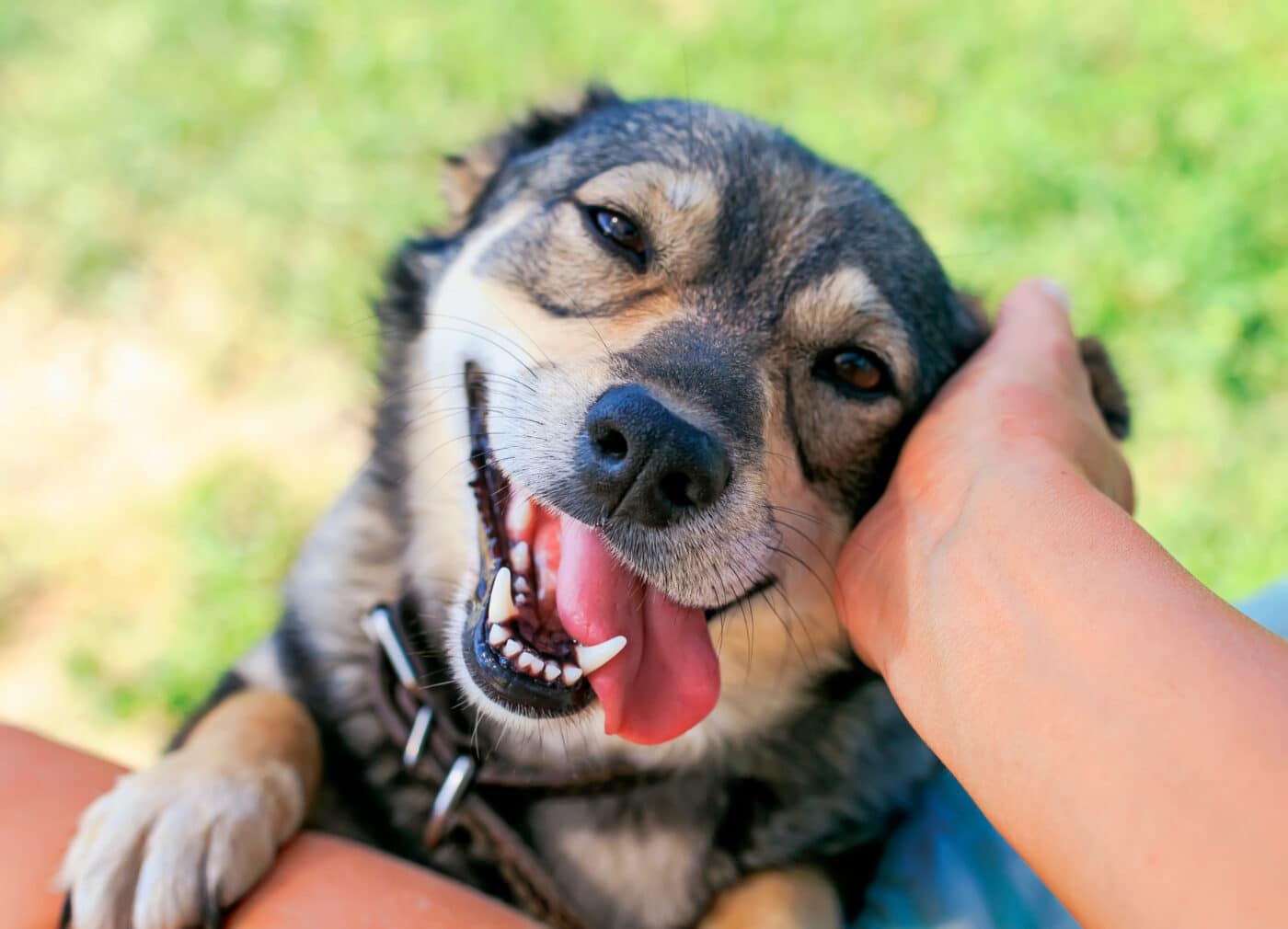 Shutterstock
Shutterstock
Dogs don’t need words to communicate their feelings—their actions speak volumes. From a wagging tail that exudes joy to a gentle nudge asking for attention, every gesture reveals a glimpse into their emotions and thoughts. By taking the time to understand their silent language, you can strengthen your bond and create a deeper connection with your furry companion. After all, while they may not speak our language, dogs have their heartwarming way of saying, “You’re my favorite human, and I love you.”
 Toledo, United States.
Toledo, United States.
